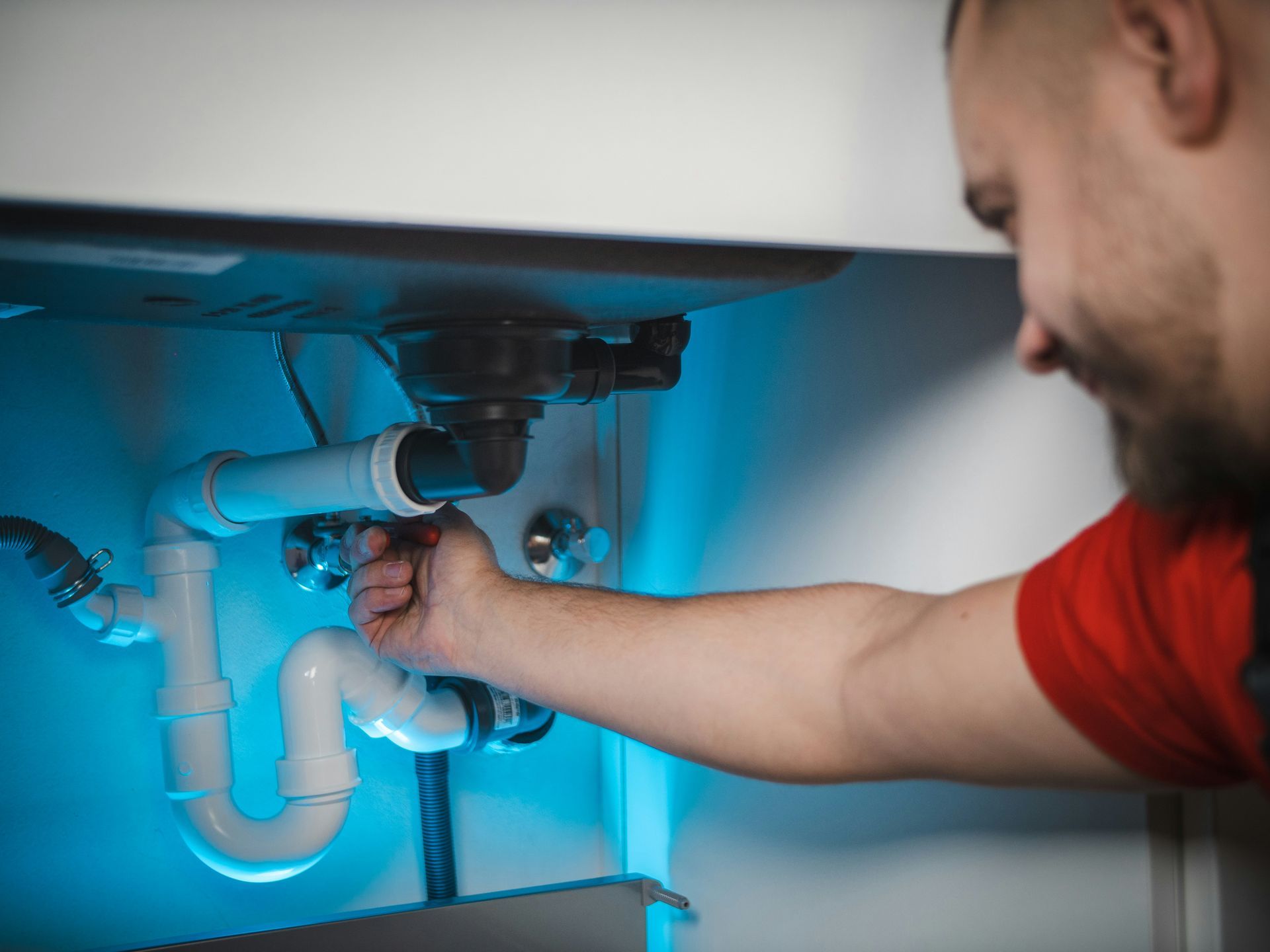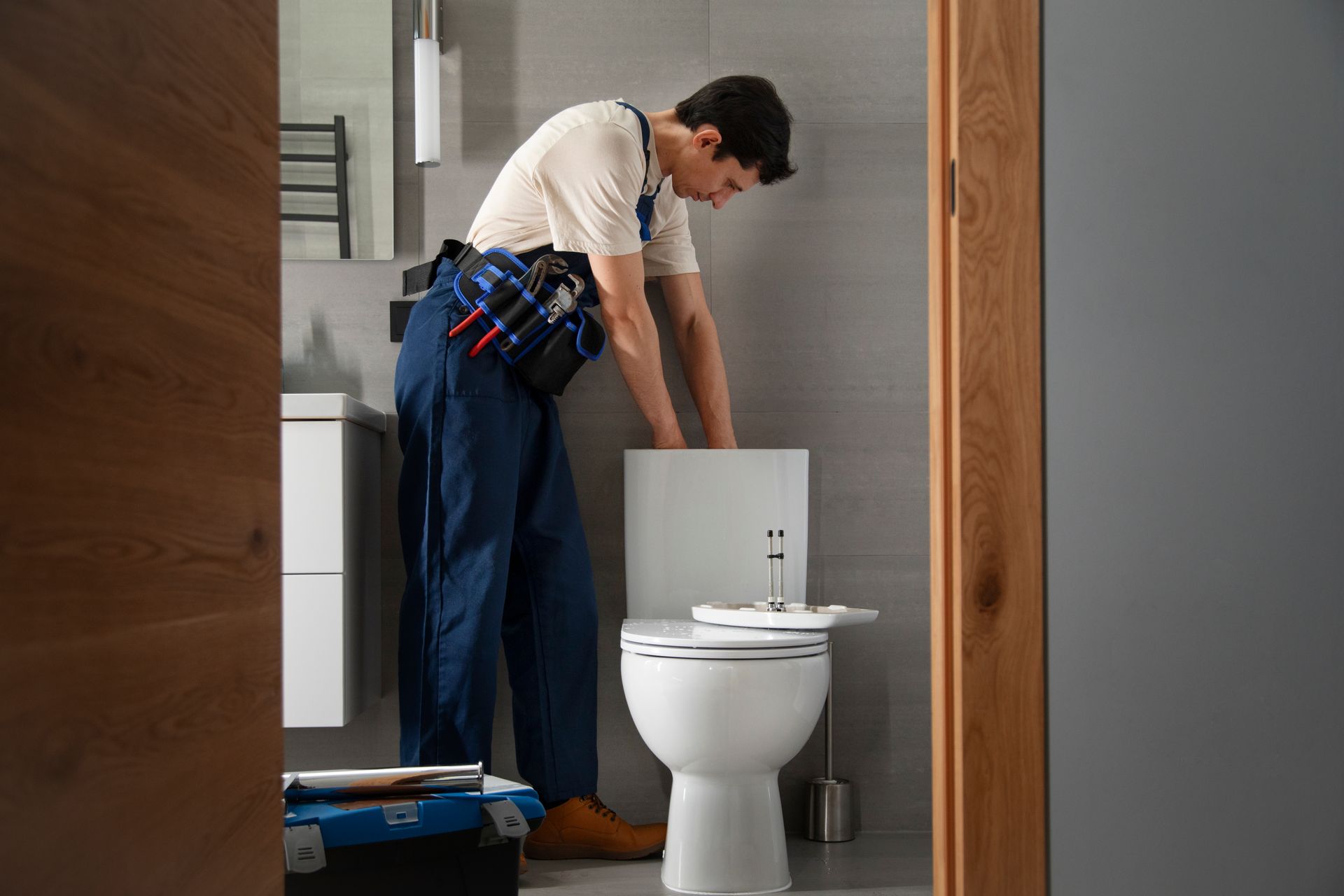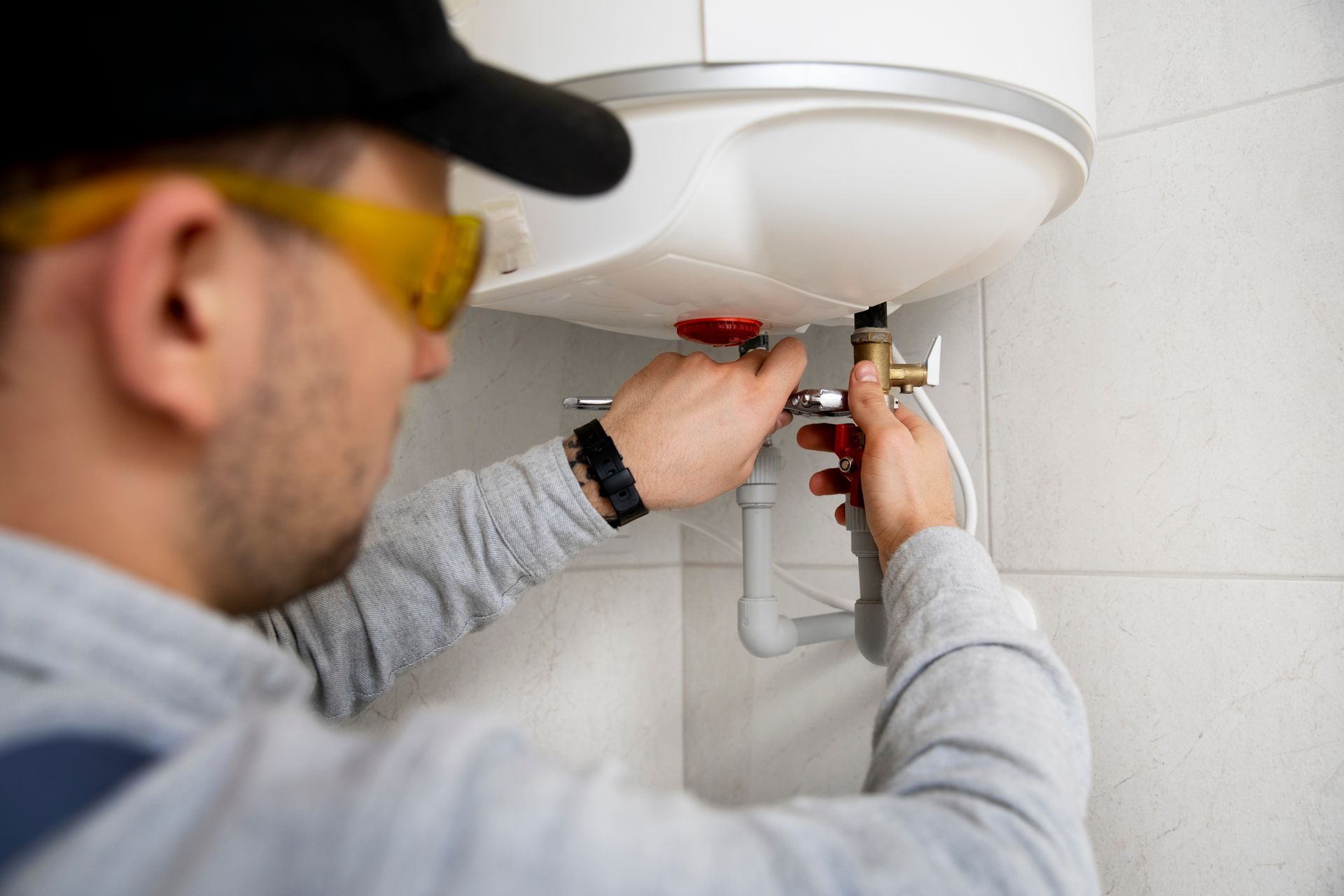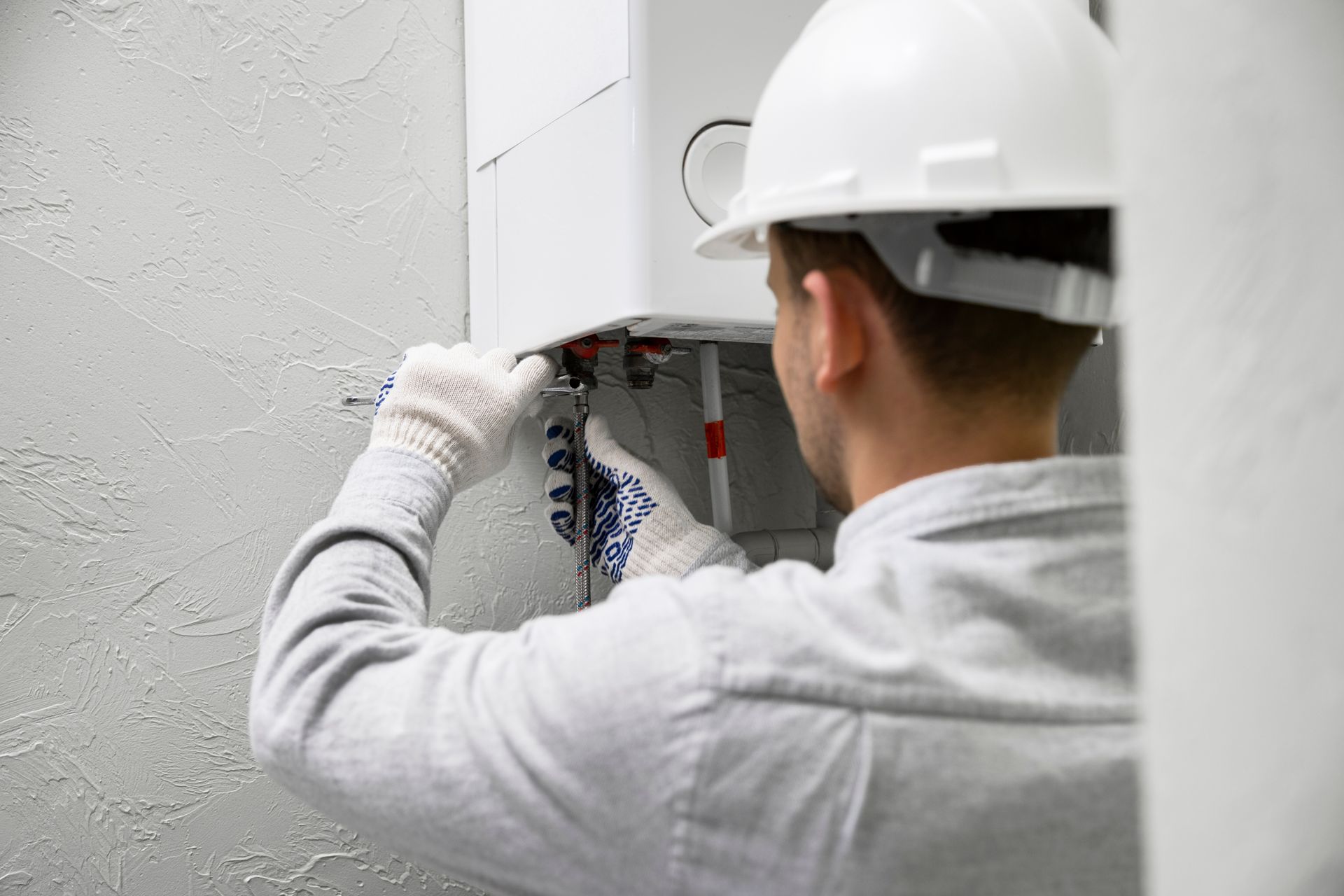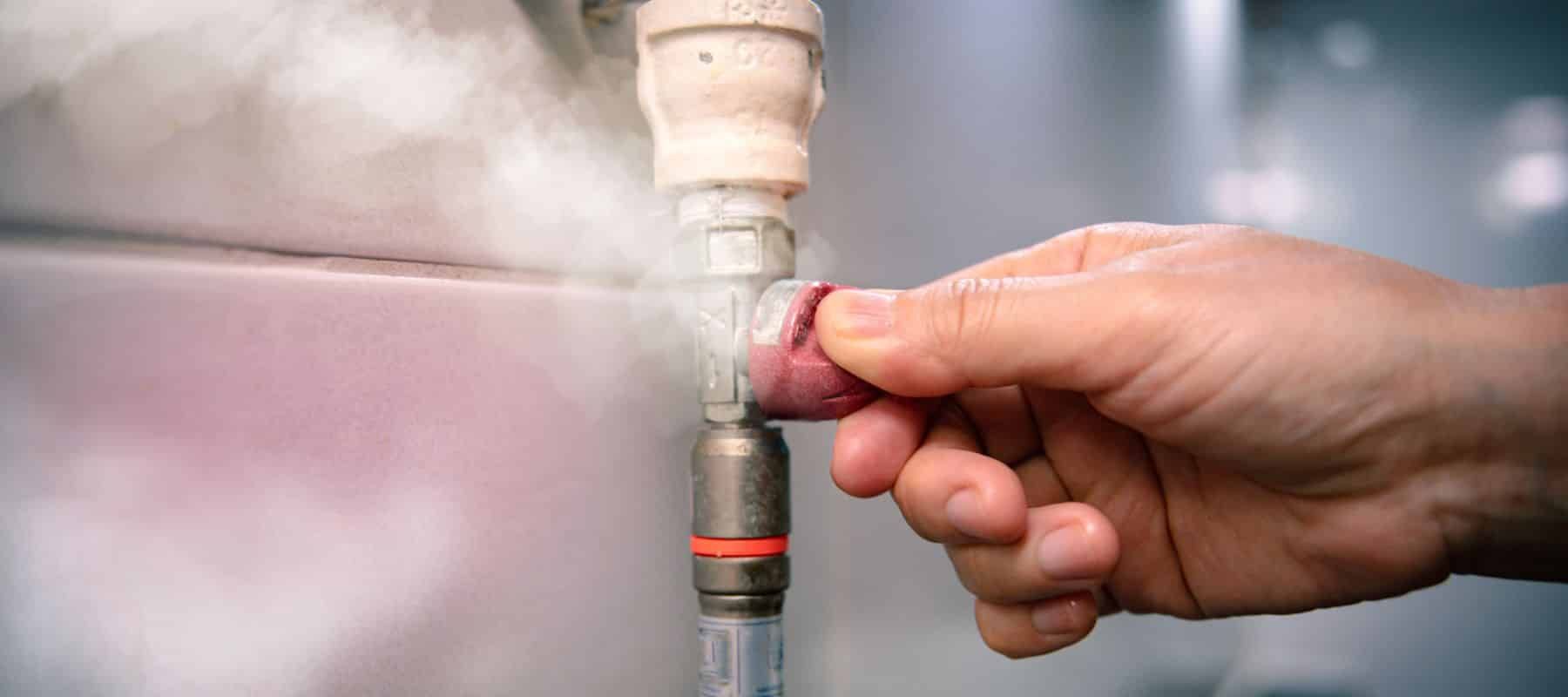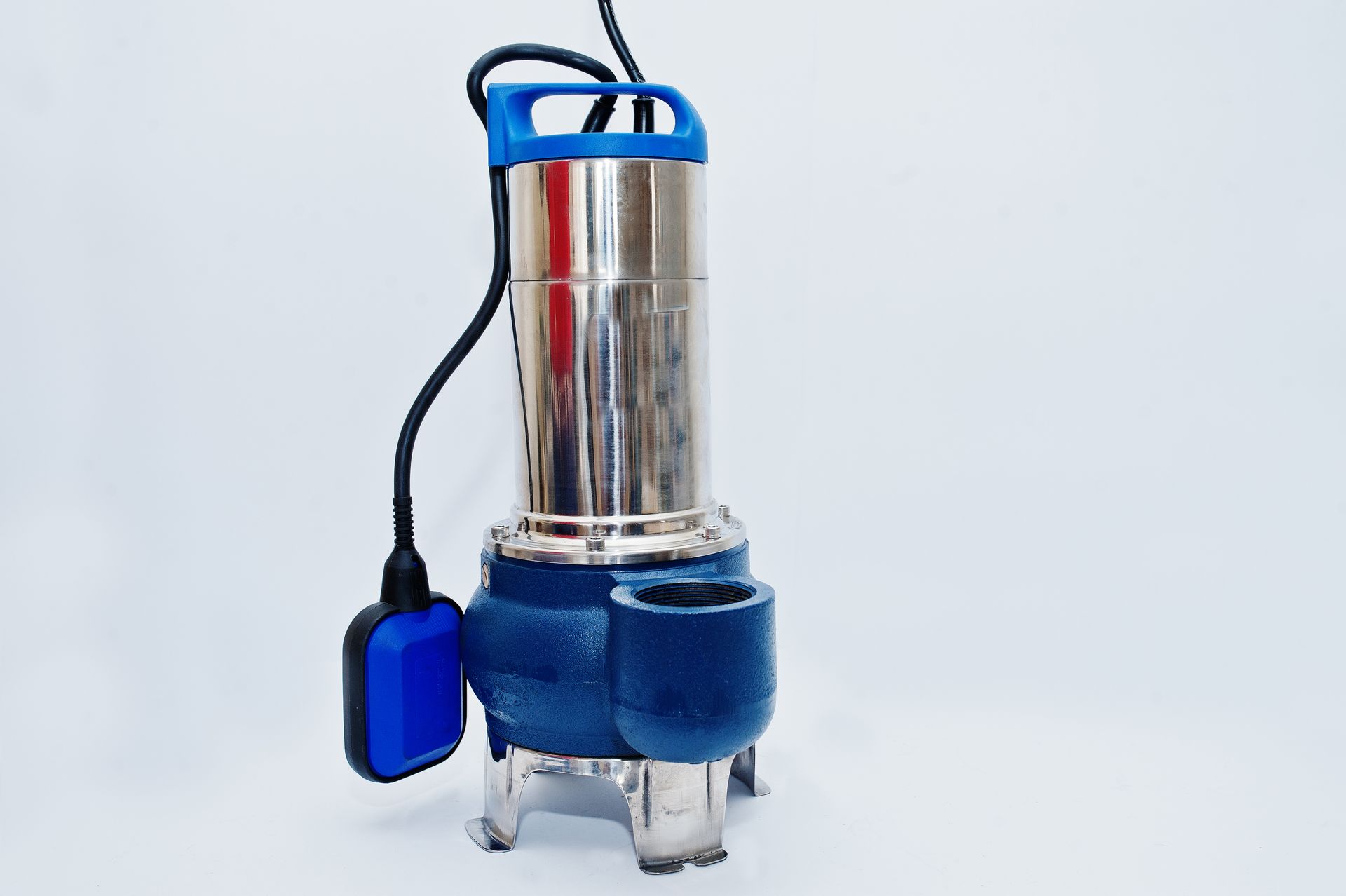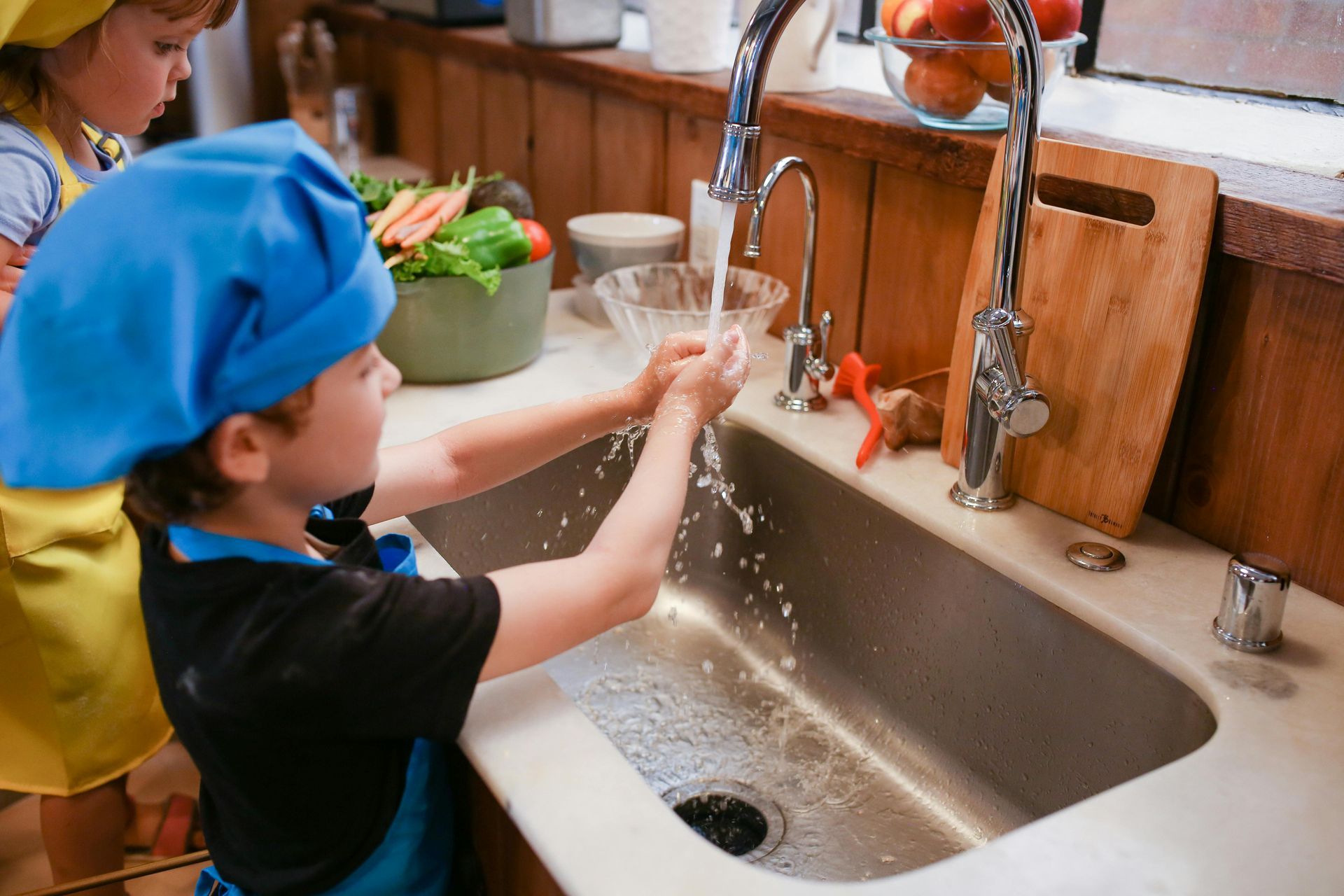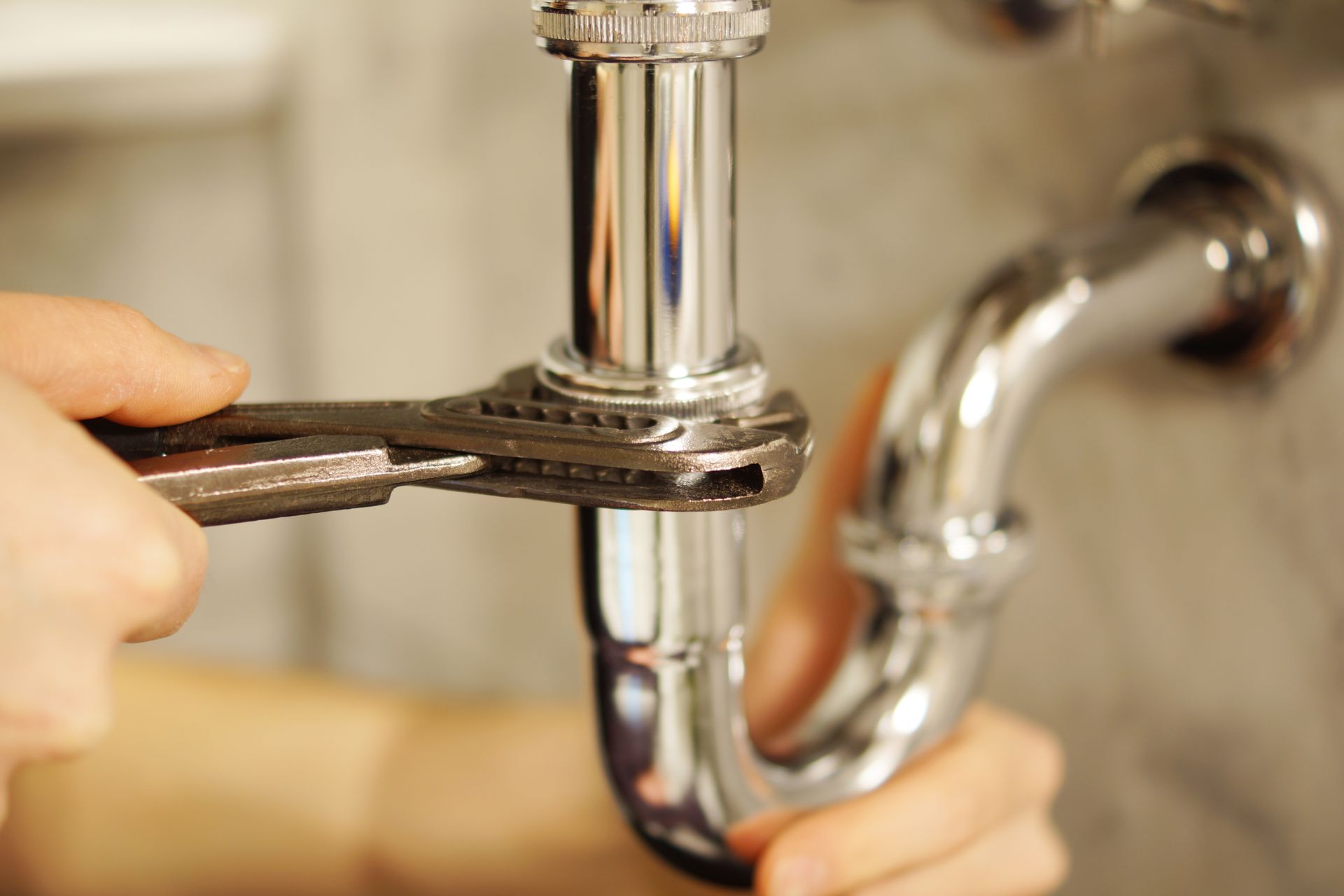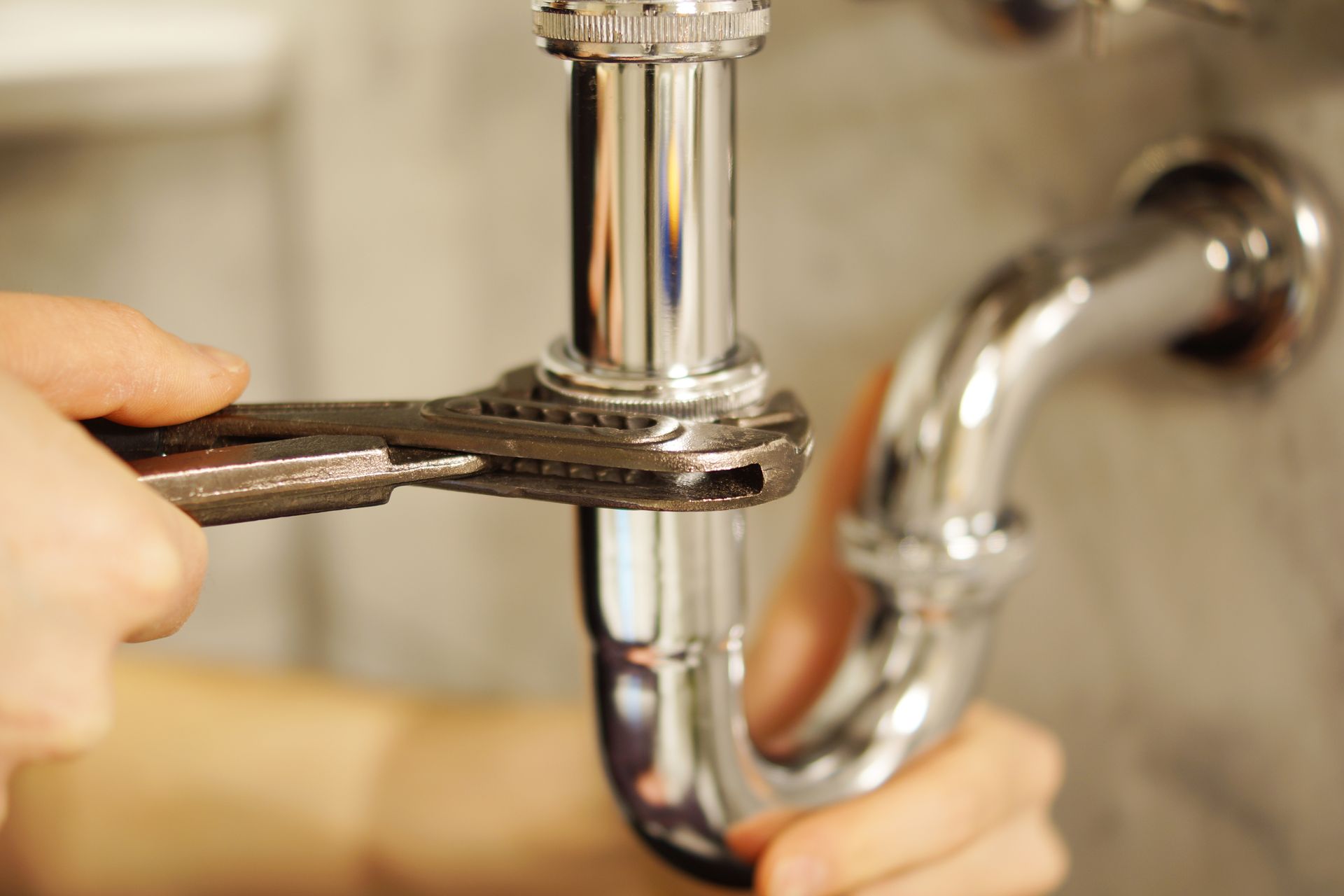How Can You Tell if There’s Water Leakage Within Your Walls?

Water can be a killer if it finds its way into your walls, floors, and ceiling. If not stopped, it will inevitably cause serious problems for you later on. That is why finding and repairing water leaking in the wall should be one of your top priorities.
Here are some common signs that indicate you may have a water leak somewhere in your home:
Musty Smells
When there’s water dripping from a pipe inside a wall, the floors and sheetrock will become damp. In turn, it can cause musty smells similar to how wet cardboard smells. If you notice this smell around your house, it can lead you to the hidden leaks within your walls.
Mold
Mold likes wet areas, such as your bathroom, laundry room, and kitchen. If you find it on the walls or baseboards, which are pretty unusual, this means there’s likely a water leak in that area that must be repaired immediately.
Stains
Mold can cause a growing stain on your wall. Therefore, if you notice one, it’s likely you have a leaky pipe behind it that you need to address right away.
Peeling Paint or Wallpaper
Do you notice peeling paint or wallpaper without apparent cause? This may likely be due to leaky pipes within the walls, and the spreading moisture is destroying your decor.
Warping Sheetrock
The sheetrock can wick up moisture caused by a slow leak, causing the wall to warp. When you see this, it’s because there’s a slow leak happening inside the walls you need to attend to.
Discoloration
As the leak moves further within the walls, the wet spots that you didn’t see at first will dry up, which will leave strange discolorations and imprints.
Wet Floors
Wet floors are only obvious on bare floors, but if you have carpeted installed throughout your home, you may not be able to spot them easily. So if you notice an area of carpeting that is darker than it should be, check it out and see if it’s wet. If it is, you probably have a leak.
Dripping Sounds
Did you know that you can hear when water is dripping from the inside of the walls? So, if you suspect you have a water leak inside the wall, keep your ear out. Doing so will help you detect water leaks.
Test for Water Leaks
If you want to take it up a notch to determine if there really is a water leak inside your walls, you can use your water meter. What you should do is turn off all water fixtures and appliances in the house. Once done, check the water meter and take note of the numbers. For at least three hours, don’t run any water inside the house. Then, check the water meter again. If you see an increase, then there’s likely a leak in the house that you don’t know about.
You can also use a moisture meter that can analyze moisture content in all materials. Just place the meter against the wall, move it around, and the spot where you get the highest reading is the one that is near the hidden leak.
An infrared camera is also an effective moisture reader that measures infrared energy and surface temperature. Move the camera around the suspected area, and when you get a low temperature reading, that’s where the leak is.
Address Those Water Leaks
Having a water leak in your home’s walls is an eyesore, but more importantly, it can cause serious damage to your property. If you encounter any signs of water leaking anywhere in your home, call a plumber immediately.
All City Plumbers is a reliable 24-hour plumber in Birmingham, AL. We offer high-quality, all-in-one plumbing services for residential and commercial properties. Contact us today!
